Aluminum Prop Adapter CNC Machined Prop Adapter Durable Upgrade for Small Motors
Aluminum Prop Adapter CNC Machined Prop Adapter Durable Upgrade for Small Motors
- Descrizione
- Recensioni (0)
Descrizione
What is a Prop Adapter?
A Prop Adapter is a crucial mechanical component used primarily in radio-controlled (RC) hobbies, drones (UAVs), and other small electric motor applications. Its primary function is to serve as an interface or a connecting piece that adapts a propeller (prop) with a specific hub hole size to an electric motor shaft with a different diameter.
In simpler terms, it’s a small metal or plastic bushing that allows you to use a wide variety of propellers on a single motor, even if their center holes don’t match the motor’s shaft size. It typically screws onto the motor’s threaded shaft and features a collet or a clamp mechanism to securely hold the propeller in place.
Key Attributes of a Prop Adapter
1. Materials
A Prop adapter manufactured from materials that offer a high strength-to-weight ratio and resistance to fatigue.
Aluminum Alloy (e.g., 6061-T6, 7075-T6): This is the most common and popular material. It is lightweight, strong, corrosion-resistant, and easy to machine precisely. 7075 is harder and stronger than 6061.
Stainless Steel: Used in high-performance or heavy-duty applications where extreme strength and resistance to bending are required. It is heavier than aluminum.
Hardened Steel: Often used for the shaft itself or the nut in higher-end adapters to prevent wear from the threaded motor shaft.
Nylon or POM (Polyoxymethylene / Acetal): Used for very low-cost, low-power applications or as spacer components. Not common for primary structural parts in modern adapters.
2. Surface Treatments
Surface treatments are applied to enhance durability, appearance, and corrosion resistance.
Anodizing (Type II & Type III Hard Anodizing): The standard for aluminum adapters. It creates a hard, durable, and corrosion-resistant surface. It’s also used to add color (e.g., black, red, blue).
Nickel Plating: Common on steel components to prevent rust and provide a smooth, hard surface.
Black Oxide: A conversion coating for steel parts that provides mild corrosion resistance and a black matte finish.
Passivation: A chemical process for stainless steel to remove free iron from the surface, enhancing its natural corrosion resistance.
3. Specifications
When selecting a prop adapter, key specifications include:
Motor Shaft Diameter: The inner diameter that fits onto the motor’s shaft (e.g., 3mm, 5mm, 8mm, 1/8″).
Propeller Hub Hole Size: The outer diameter that the propeller slides onto (e.g., 6mm, 8mm, 1/4″).
Length/Height: The distance from the motor’s base to the prop mounting surface, which can affect clearance.
Thread Size/Pitch: The specification of the thread that screws onto the motor shaft (e.g., M5x0.8, M8x1.0).
Type: Collet-style (a tapered sleeve that tightens around the shaft) or D-style (a flat section that matches a flat spot on the motor shaft to prevent slipping).
Application of Prop Adapter
FPV (First-Person View) Drones and Racing Quadcopters: The most common application, where lightweight and precision are paramount.
RC Airplanes and Helicopters: Used to mount a wide range of propellers to outrunner and inrunner motors.
Cinematic Drones: For attaching high-efficiency propellers to powerful motors.
DIY Robotics and Electric-powered models: Any application requiring a motor to drive a propeller or a small impeller.
An Excellent Case: High-Speed RC Electric Boat
Scenario: A hobbyist is building a high-speed, electric-powered RC tunnel hull boat designed for competition. The boat uses a massive, high-torque 5690-size brushless motor with an 8mm diameter shaft. The hobbyist has identified a specific five-bladed brass propeller that is renowned for providing the best hookup and top speed for this hull design. However, this specialty propeller only has a 6mm bore.
The Problem: The 6mm hole in the expensive brass propeller is too small for the motor’s 8mm shaft. Drilling it out to 8mm is not a viable option, as it would:
Destroy the Propeller’s Balance: Even a slight misalignment during drilling would make the propeller unusably unbalanced, causing destructive vibrations at high RPM.
Weaken the Hub: Removing that much material could compromise the structural integrity of the propeller hub.
Be Irreversible: A mistake would ruin a costly component.
The Solution: The hobbyist uses a high-strength, stainless steel, collet-style prop adapter with the following specifications:
Inner Diameter: 8mm (to fit the motor’s large shaft perfectly).
Outer Diameter: 6mm (to match the propeller’s bore exactly).
Material: Stainless steel to handle the immense torque and thrust loads without flexing or failing.
Precision Machining: The adapter is manufactured to extremely tight tolerances to guarantee perfect concentricity.
Outcome:
Perfect Power Transmission: The adapter creates a flawless, vibration-free connection between the motor and the ideal propeller.
Enabled Customization: It allows the use of the best-performing propeller without any modification, preserving its integrity and balance.
Achieved Performance Goals: The boat performs optimally, achieving the desired high speed and acceleration without any drive train vibrations. The robust adapter reliably handles the extreme stress, allowing the hobbyist to compete with confidence.
Cost-Effective: The adapter was a low-cost solution compared to the alternative of custom-ordering a propeller with an 8mm bore or purchasing a different motor.


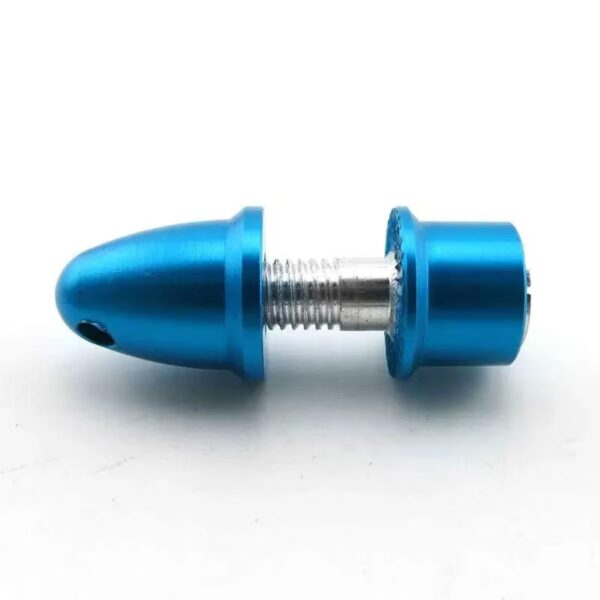
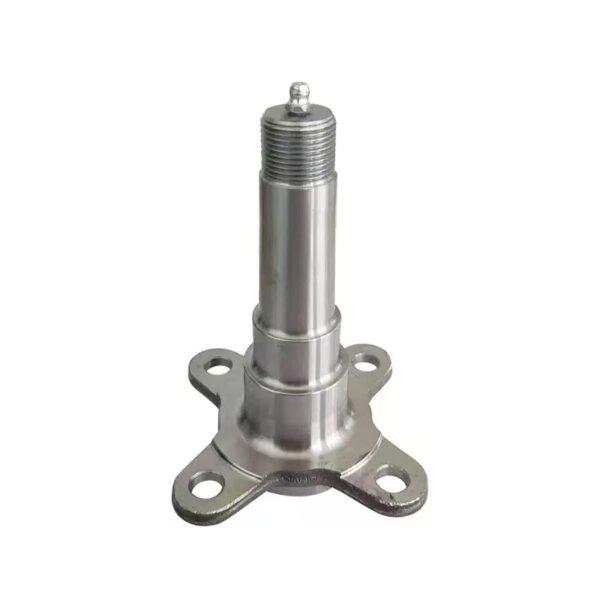

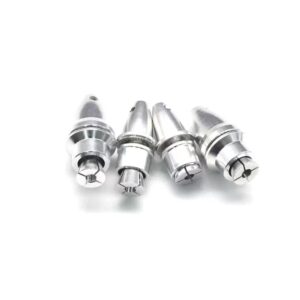
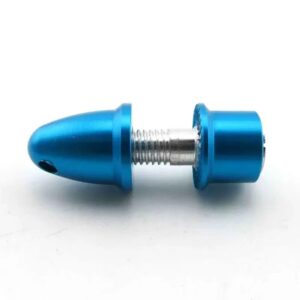
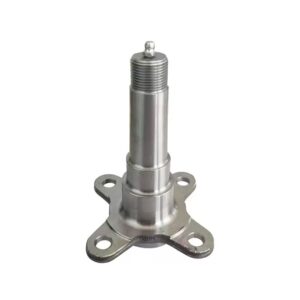



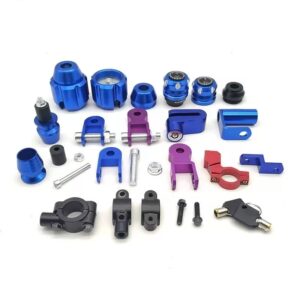

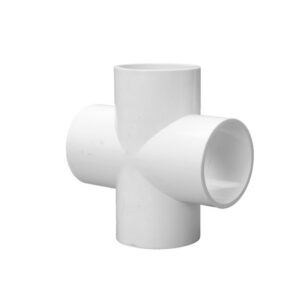
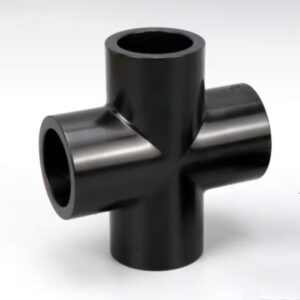
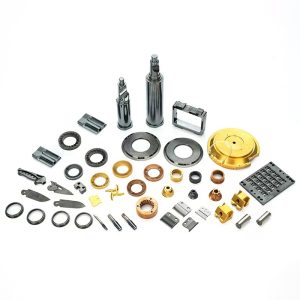


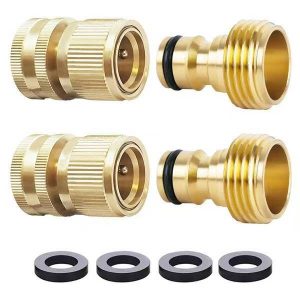
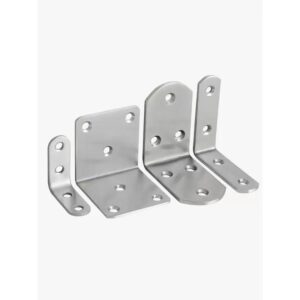
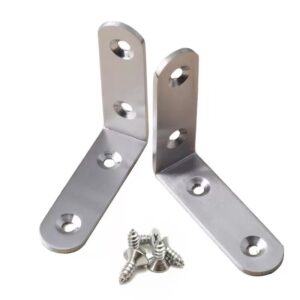
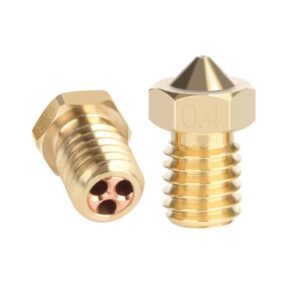
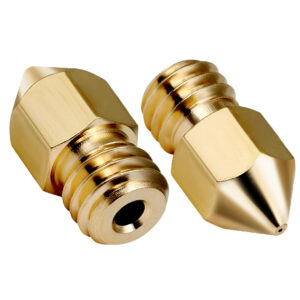
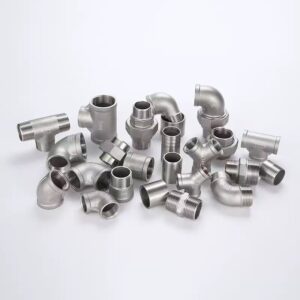

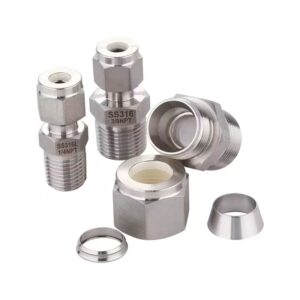
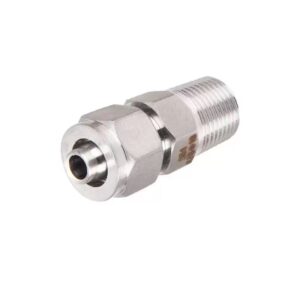
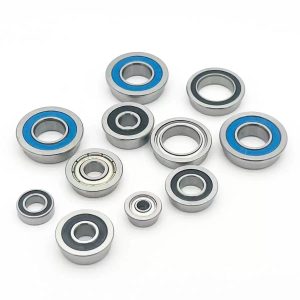

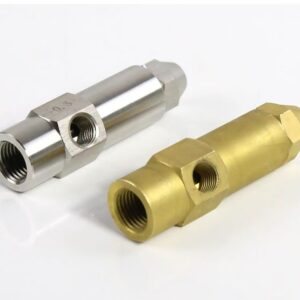
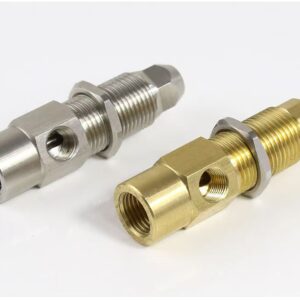
Recensioni
Ancora non ci sono recensioni.